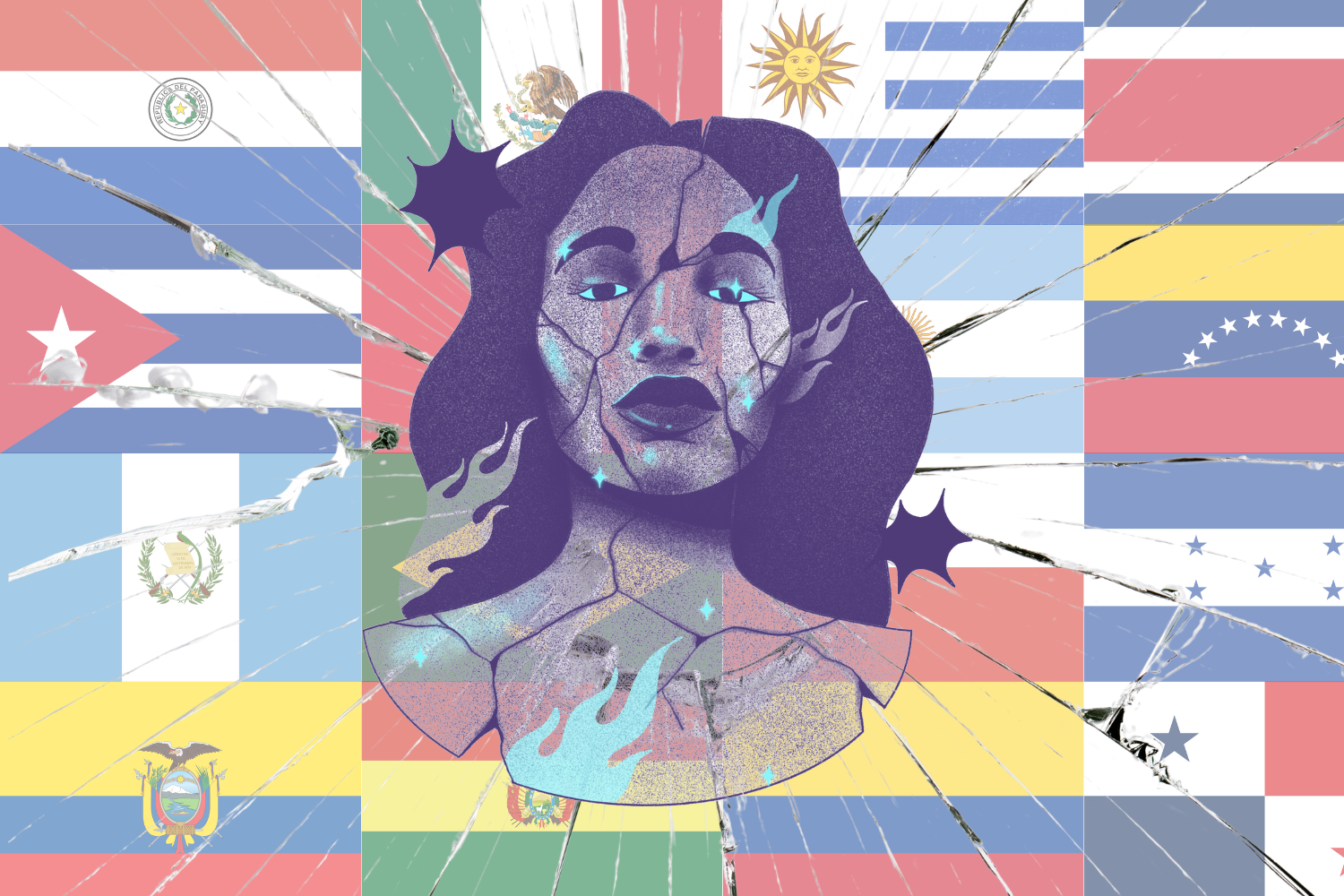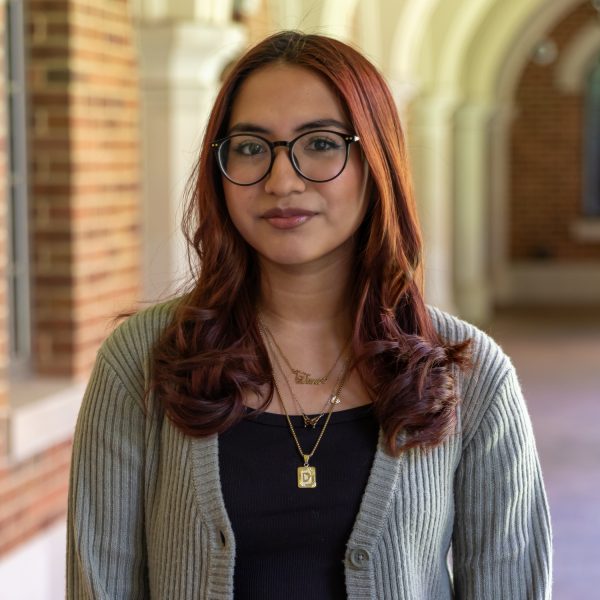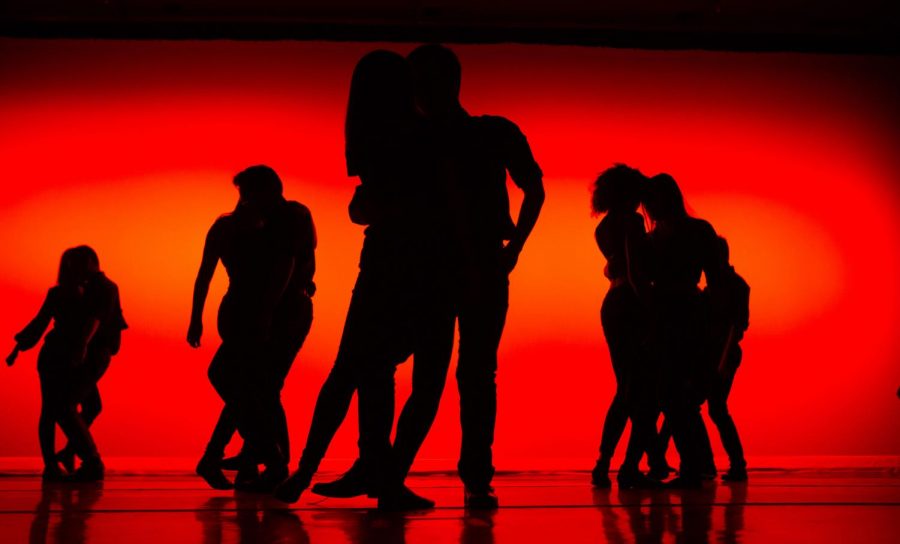In today’s political climate, the Latino community faces growing hostility across the country. From threats of mass deportation to increasing anti-immigrant rhetoric that undermines our place in American society, it’s clear that Latino unity is crucial. Yet, even within our own community, we often find division. This fact is more than apparent at Vanderbilt.
As someone who has always lived in majority Black and Latino areas within Metro Atlanta, I never really thought about the nuances of my ethnic background. I just existed. Quite honestly, white people felt like the minority in my head. Coming to Vanderbilt, I found myself actively witnessing a different reality: They are, in fact, the majority. Even now, I sometimes have to step back and remind myself of this statistic, as many of my close friends are people of color. And yet, despite finding a strong community in my friendships, I’ve struggled with the broader Latino experience at Vanderbilt.
Vanderbilt’s undergraduate population is only 11.4% Hispanic or Latino. Furthermore, only 15% of students identify as first-generation, and the median household income for Vanderbilt students is an astonishing $204,500. These numbers reflect what I’ve observed firsthand — many Vanderbilt students come from privileged backgrounds. While I couldn’t find data specific to the Latino population, my observations suggest a similar trend within the community.
Whether white-passing or wealthy, it’s a vastly different experience from my own. While everyone’s Latinidad is valid and unique, the resources and opportunities available to light-complected or affluent Latinos are often different from those of darker-complected or first-generation low-income (FGLI) Latinos. While Vanderbilt as an institution may not directly fuel this dichotomy, it reflects a broader history of colorism and economic inequality in Latin America that still shapes opportunities for Latinos in the United States.
Beyond individual experiences, it often feels like these communities don’t typically blend at Vanderbilt. There is a separation between Latino groups, and at times, it seems as though the university itself is reinforcing this divide. The decline in Pell Grant recipients and Vanderbilt’s decreasing social mobility ranking suggests that the institution is failing to adequately support students from lower-income backgrounds. This statistic can make it even more difficult for us to find a true sense of belonging.
One of my first introductions to Vanderbilt’s Latino community came during my first year when I explored the various cultural organizations on campus. Quickly, I noticed the nuances between them. Some groups were dominated by white-passing Latinos; others seemed exclusive to students from particular countries. Rather than fostering a sense of unity, the divisions felt more apparent.
As I spent more time at Vanderbilt, I noticed that some Latinos gravitated toward certain organizations over others, often because they didn’t feel welcome elsewhere. It was especially disheartening, knowing that we already make up such a small portion of the student body. This separation doesn’t just affect our sense of belonging — it weakens our collective voice and limits the opportunities we could create for ourselves and future generations.
Unfortunately, this divide is evident even to prospective students. During Anchor Day weekend — a program that introduces admitted students to campus — sophomore Aiden Hernandez shared a story that stuck with me.
He spoke with a prospective student who had also been admitted to another T20 school. At that school, she experienced a strong Latino and FGLI community — one where she not only saw people who looked like her but, more importantly, one where she felt supported. Curious about Vanderbilt, she asked him where she could find that same sense of community here. Choosing to be completely honest with her, he told her the truth: It simply doesn’t exist — yet.
Conversations like these pushed Hernandez to take action. Recognizing the barriers that prevent many Latino students from fully engaging with campus life, he worked to restart Vanderbilt’s chapter of the Association of Latino Professionals for America (ALPFA).
“A lot of the organizations dedicated to professional growth [at Vanderbilt] are very competitive. The skills and resources often seem foreign to underrepresented students, so they often choose not to engage in them at all. I restarted [ALPFA] to demystify the process of applying to different careers and, most importantly, build a stronger Latino community,” Hernandez said.
Yet, the challenges facing Vanderbilt’s Latino students extend beyond organizations. I’ve had conversations with Latino students who have considered transferring to schools with a greater sense of community. Furthermore, I’ve heard first-years express frustration that upperclassmen don’t engage with them enough, making it harder to build lasting connections.
“It’s difficult to find people to look up to because of how little Hispanic presence there is on campus. It’s even harder when a lot of the upperclassmen tend to keep to their friend groups and don’t show much interest in you. As a freshman, it’s intimidating to approach older students, so I tend to not have many connections with other Hispanics,” first-year Jonathan Hernandez said.
For many of us, the struggle isn’t just about representation; it’s about finding a space where we don’t feel like an afterthought. The only way we can change this reality is by actively building the community we wish existed. I want to see a Vanderbilt that embraces all Latinos — not just those who fit a particular mold. I want to see my so-called “Edgars” and “baddie Latinas” on my walk to class just as much as I want to see my “geeky” Latinos (who I love, by the way). We all deserve to be here, but true representation doesn’t happen on its own — it requires intentionality to include everyone.
If Vanderbilt truly wants to champion diversity, they must do more than just recruit students from underrepresented backgrounds — they must invest in them. That means increasing financial support to Latino organizations, expanding resources for FGLI students and hosting events where all Latinos feel like they belong. The administration can start by creating and actively maintaining a space where Latino students can come together through shared experiences and activities. For example, other top universities, including UVA and UNC-Chapel Hill, have dedicated Latino student centers that provide support and community for their Latino populations.
To my white-passing or wealthier Latino peers: We are all part of the same community and each of us contributes to campus in meaningful ways. With this fact in mind, use your privilege to uplift others, not to create spaces where only some feel welcome — because when we all feel included, our community becomes stronger.
To my fellow first-generation, low-income Latinos: Take up space in the classrooms and organizations where you feel out of place. Look out for each other. Your voice, your presence and your experiences matter.
Unity isn’t just about Vanderbilt — it’s about recognizing the challenges Latinos face nationwide and standing in solidarity with our broader community. By staying informed and engaged, we can strengthen not just our presence here, but also our impact beyond campus.
Change happens when we show up and build a community where future students won’t have to question whether they belong. We — as Vanderbilt Latinos — have the power to be that change, so let’s make it count.








Nacho • Mar 1, 2025 at 6:40 pm CST
Cubans from Miami, Chicanos from California, Tejanos and Puertoriquenos may share (versions of a) language, but our cultures, politics and cultural privilege are often worlds apart. Who gets to decide who’s keeping it real and who is “passing?”
El Chavo • Feb 26, 2025 at 10:59 pm CST
You are calling for unity but dividing Latinos into white-passing affluent or first-gen dark-complexion. You have a good message to unify the Latinos but actively divide the Latino community with your writing. Please don’t contribute to the issue; it’s already difficult for Latinos to find commonality within our community.
Anonymous • Feb 27, 2025 at 9:05 pm CST
This is a ridiculous take. The issues at Vanderbilt are reflective of broader colonial effects in latin America. If you take offense then it’s probably cause it applies to you.
nthueeee • Feb 27, 2025 at 10:03 pm CST
So you do have to acknowledge colorism and the race of all latinos since it’s been such an integral part of the vanderbilt latino experience thus far…. that’s not further dividing something that’s already divided….
baddielatina • Feb 28, 2025 at 10:26 am CST
“While everyone’s Latinidad is valid and unique, the resources and opportunities available to light-complected or affluent Latinos are often different from those of darker-complected or first-generation low-income (FGLI) Latinos”.
This is just a fact, not a divisive opinion, and “often” is the keyword in this sentence. Of course, not every white-passing Latino is going to be affluent, and not every darker-complected Latino is going to be first gen. But let’s be honest- that’s how it works out most of the time because the US is a colorist society and offers more opportunities to those deemed “white” or “whiter”. The first step to understanding other Latinos and making connections is to recognize that privileges are different and one person’s Latinidad could be very different from another’s. When we openly talk about privilege in our own communities, we are able to create space for honest connections. Real unity comes from acknowledging our shared identities AND our differences rather than ignoring them for the sake of a false sense of harmony.
Latina Vandy Student • Feb 26, 2025 at 10:40 pm CST
Vanderbilt is the only top-20 university without an FGLI student center and one of the few without a Latino student center – why? It’s not like we don’t have the money and it’s not like we don’t exist on this campus
Anonymous • Feb 26, 2025 at 2:35 pm CST
Out of curiosity, I’m interested in knowing which spaces white-passing latinos create where not everyone feels welcome. I support your call for unity but also feel a sense of distaste toward white-passing latinos….for being white passing? There is privilege that comes with being white passing (I’m not ignoring that fact) but to generalize all white passing latinos as those with greater privilege and not included in the FGLI umbrella seems to amplify an idea that you need to present a certain way to be “latino enough”
Anonymous • Mar 11, 2025 at 5:08 pm CDT
That simply isn’t what she’s saying and it’s not difficult to see that. She used commas and the word or. If you’re a white passing Latino you benefit from a certain privilege even if you are FGLI.
user • Feb 26, 2025 at 12:25 pm CST
period love this